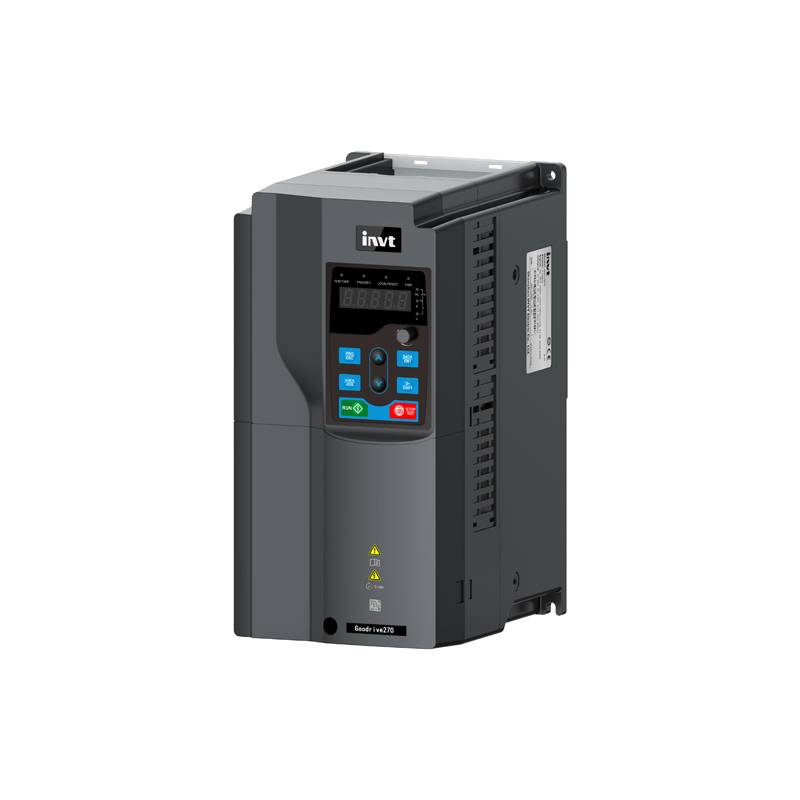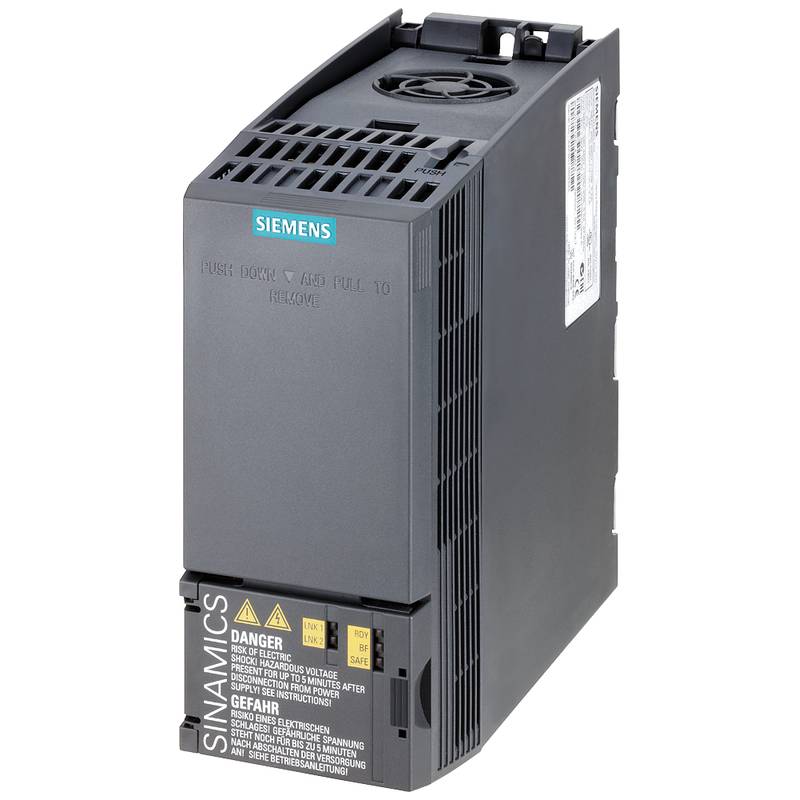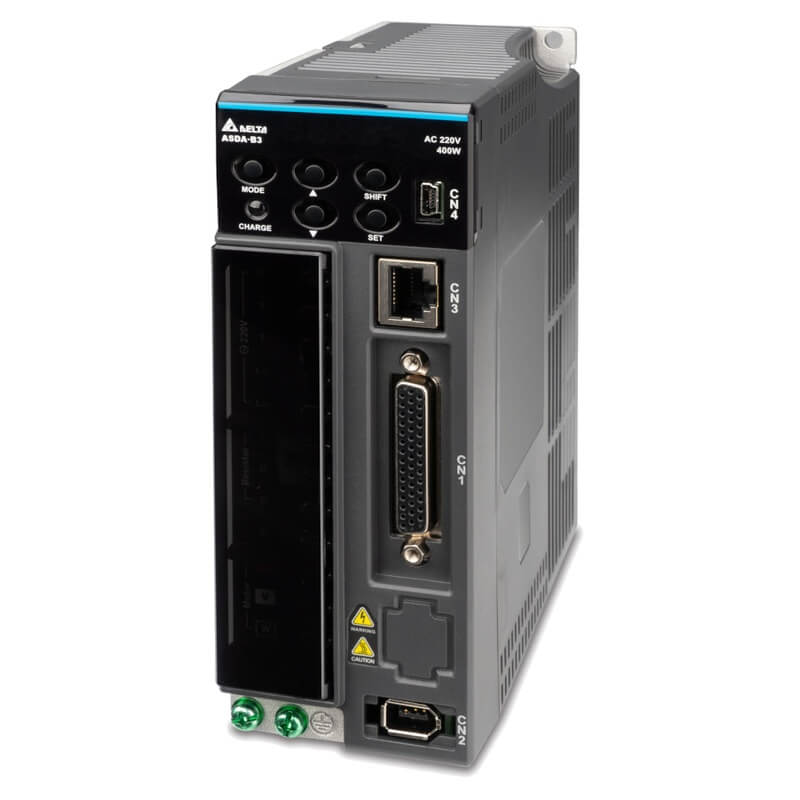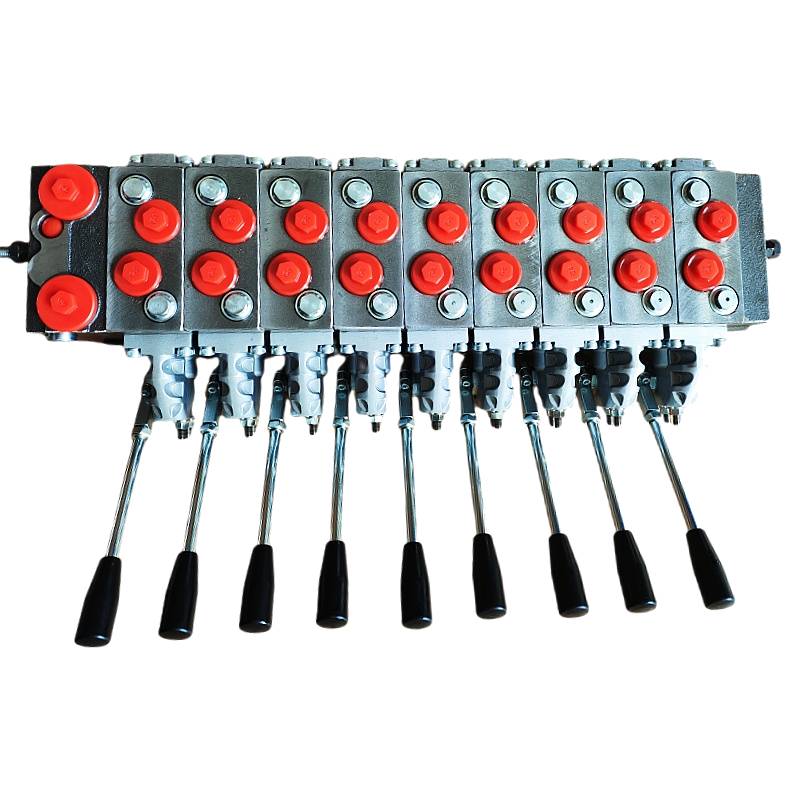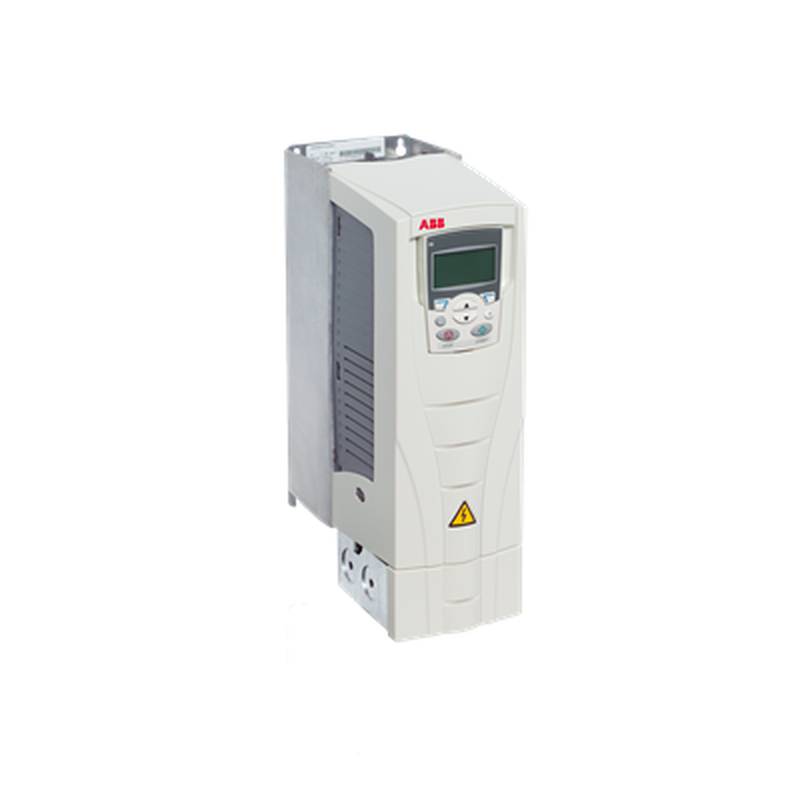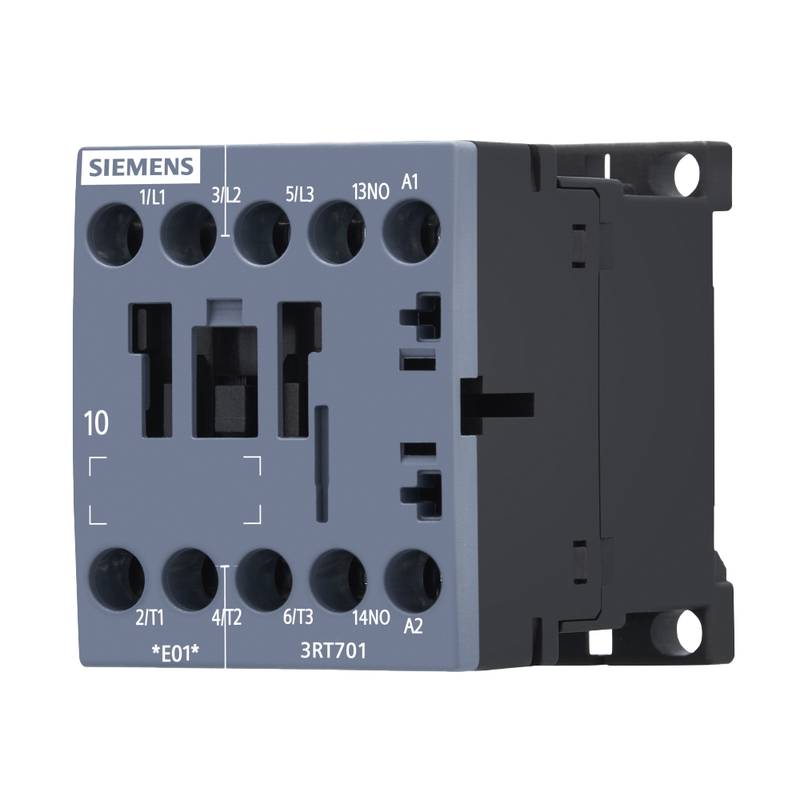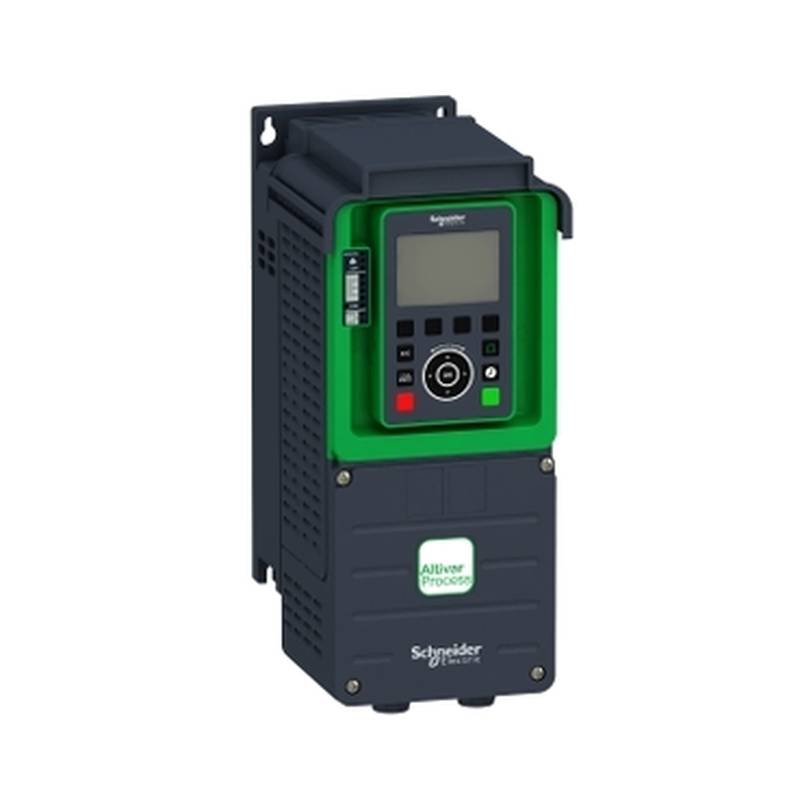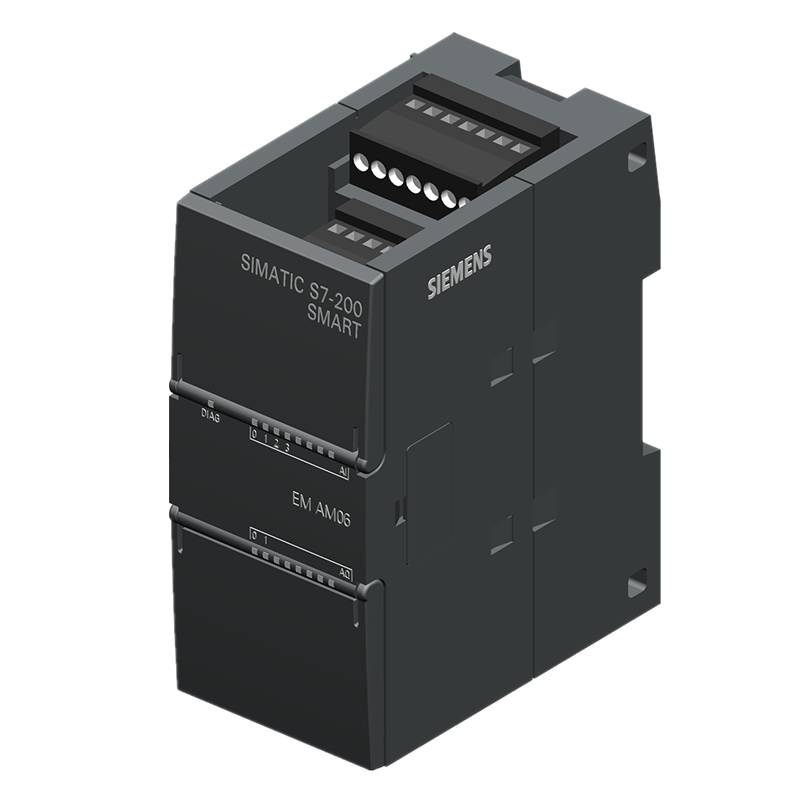
The INVT GD270-090-4 is a specialized Variable Frequency Drive (VFD) engineered for optimal performance in fan and pump applications. This drive delivers exceptional energy efficiency, precise motor control, and robust protection features, making it a superior choice for HVAC systems, water supply networks, and industrial fluid management. Its advanced control algorithms ensure smooth operation, reduced mechanical stress, and significant power savings compared to traditional motor control methods.
Product Specifications
| Parameter | Value |
| :----------------------- | :----------------------------------- |
| Model | GD270-090-4 |
| Rated Power | 90 kW |
| Input Voltage | 3-Phase, 380V/400V/415V ±15% |
| Output Voltage | 0-Input Voltage |
| Rated Output Current | 180 A |
| Frequency Range | 0-400 Hz |
| Control Method | V/f Control, Vector Control |
| Protection Features | Overcurrent, Overvoltage, Undervoltage, Overtemperature, Phase Loss, etc. |
| Communication Interfaces | RS485 (Modbus) |
| Enclosure Rating | IP20 |
Core Features & Market Positioning
The INVT GD270-090-4 distinguishes itself through its dedicated fan and pump control algorithms, which offer optimized performance for variable torque loads. Unlike general-purpose VFDs, this specialized unit incorporates features like automatic energy-saving control, which dynamically adjusts voltage and frequency to minimize power consumption under varying load conditions, leading to substantial operational cost reductions. Its advanced vector control provides superior torque response and precise speed regulation, even with fluctuating system demands. Furthermore, the drive's robust design and comprehensive protection functions ensure high reliability and extended service life in demanding industrial environments, positioning it as a leading solution for efficiency-conscious engineers and facility managers.
Key Application Scenarios
This VFD is ideally suited for a wide array of applications where precise and efficient control of fans and pumps is critical. In the HVAC sector, it excels in regulating air handling units, chillers, and exhaust fans, optimizing building climate control and reducing energy expenditure. For water and wastewater management, the GD270-090-4 is perfect for variable speed drives on pumps for building water supply, irrigation systems, and sewage treatment, ensuring consistent pressure and flow rates while conserving water and energy. Industrial fluid handling, such as in chemical processing, manufacturing cooling systems, and material transport, also benefits from the drive's ability to manage motor speed dynamically, preventing system shock and prolonging equipment life.
Practical System Integration Guidance
Integrating the INVT GD270-090-4 into existing or new systems is streamlined by its user-friendly interface and standard communication protocols. For installation, ensure proper ventilation and adherence to wiring guidelines specified in the manual to prevent overheating and electrical hazards. Connect the main power supply to the input terminals, and the motor to the output terminals, paying close attention to phase sequencing. For communication, utilize the RS485 interface with a standard Modbus RTU protocol for seamless integration with SCADA systems or PLCs. Basic parameter configuration typically involves setting motor rated current, rated voltage, rated frequency, and selecting the appropriate control mode (V/f or Vector). Advanced programming can enable custom speed profiles, multi-pump control logic, and sophisticated fault handling routines to enhance system automation and efficiency.
Operation and Risk Mitigation
Safe and efficient operation of the INVT GD270-090-4 hinges on understanding its operational parameters and potential fault conditions. Always ensure the drive is properly grounded and that motor and power cables are securely terminated to prevent short circuits or loose connections. During commissioning, perform a gradual ramp-up and monitor motor current and drive temperature. Common troubleshooting involves checking for error codes displayed on the drive's panel; for instance, an 'OL' (Overload) fault indicates the motor is drawing excessive current, requiring an inspection of the load or motor. An 'UV' (Undervoltage) fault suggests an issue with the incoming power supply. Implementing the drive's built-in protection features, such as overcurrent, overvoltage, and thermal protection, is crucial for mitigating risks and preventing damage to the VFD and connected equipment. Regular maintenance, including cleaning dust from heatsinks and checking electrical connections, further enhances operational safety and reliability.
Scalability & Long-Term Value
The INVT GD270-090-4 offers significant scalability and long-term value for industrial operations. Its compatibility with standard communication protocols like Modbus enables easy integration into larger Industrial Internet of Things (IIoT) platforms, allowing for remote monitoring, diagnostics, and predictive maintenance. This facilitates a transition towards smart manufacturing environments where data-driven insights optimize operational efficiency. For systems requiring higher capacities, INVT offers a range of VFDs, allowing for a seamless upgrade path without requiring a complete redesign of control strategies. Furthermore, the drive's energy-saving capabilities directly translate to reduced electricity bills over its lifespan, providing a strong return on investment and contributing to sustainable operational practices.
Frequently Asked Questions
What are the primary benefits of using the INVT GD270-090-4 for fan and pump applications?
This VFD provides significant energy savings by precisely matching motor speed to load demand. It also offers enhanced system control, smoother operation, and reduced mechanical wear on equipment. The drive's specialized algorithms optimize performance for variable torque loads common in fan and pump systems.
The GD270-090-4 reduces energy consumption through advanced control, leading to lower operational costs. Its precise speed regulation ensures consistent system performance and prevents energy wastage associated with over-operation.
Key advantages include extended equipment lifespan due to reduced stress, improved process stability, and lower maintenance requirements compared to fixed-speed motor operation.
How does the INVT GD270-090-4 achieve energy efficiency in fan and pump systems?
The drive utilizes an automatic energy-saving function that dynamically adjusts output voltage and frequency. This minimizes power input when the system load is lower than maximum capacity.
By operating motors at optimal speeds rather than full speed, the VFD dramatically reduces energy consumption, especially in variable load scenarios. This is particularly effective for centrifugal fans and pumps.
Its advanced control modes, such as V/f and vector control, allow for precise speed adjustments that further fine-tune energy usage based on real-time operational needs.
What technical specifications are most important for selecting the INVT GD270-090-4?
Key specifications include the motor's rated power (90 kW for this model) and operating voltage (3-Phase, 380V/400V/415V). The rated output current (180 A) is crucial for motor compatibility.
The frequency range (0-400 Hz) and control method (V/f, Vector Control) are vital for matching the drive's capabilities to the application's speed and torque requirements.
Ensure the drive's protection features and communication interfaces (RS485 Modbus) meet system integration and safety standards for your specific industrial environment.
Can the INVT GD270-090-4 be integrated with existing SCADA or PLC systems?
Yes, the GD270-090-4 supports RS485 communication with the Modbus RTU protocol. This is a widely adopted standard for industrial automation communication.
Integration allows for remote monitoring of drive status, motor speed, current, and fault information. It also enables remote control of start/stop functions and speed setpoints.
Proper configuration of communication parameters on both the VFD and the SCADA/PLC is necessary for successful data exchange and control.
What are common fault codes for the INVT GD270-090-4 and how can they be resolved?
An "OL" fault typically indicates an overload condition, meaning the motor is drawing too much current. Check for mechanical issues, ensure the motor is correctly sized, or verify VFD parameter settings.
"UV" (Undervoltage) or "OV" (Overvoltage) faults point to issues with the incoming power supply. Verify voltage stability and ensure it falls within the drive's acceptable input range.
Other codes, such as "OC" (Overcurrent) or "OH" (Overheating), require immediate attention. Review motor load, environmental conditions, and VFD protection settings to prevent damage.
How does the V/f control mode differ from Vector Control in the INVT GD270-090-4?
V/f control is a simpler method that regulates the voltage-to-frequency ratio, suitable for many basic fan and pump applications. It offers good energy savings but may have less precise speed and torque control.
Vector control provides superior dynamic performance by independently controlling voltage, frequency, and current magnitude and phase. This results in more accurate speed and torque regulation, especially under rapidly changing loads.
For applications demanding precise speed holding and quick response to load variations, vector control is the preferred method, offering higher performance than standard V/f control.
What are the environmental considerations for installing the INVT GD270-090-4?
The drive has an IP20 enclosure rating, meaning it is protected against solid objects larger than 12.5 mm but not against water. It must be installed in a clean, dry environment free from excessive dust or corrosive elements.
Adequate ventilation is critical to prevent overheating. Ensure sufficient clearance around the drive for airflow, especially in enclosed control panels. Ambient temperature should be within the specified operating range.
Protect the drive from direct sunlight, excessive humidity, and vibration. Proper installation location directly impacts the VFD's reliability and lifespan.
What is the maximum input voltage tolerance for the INVT GD270-090-4?
The INVT GD270-090-4 is designed to operate within a ±15% tolerance of its nominal input voltage. For a 380V nominal input, this range would be approximately 323V to 437V.
Operating outside this specified tolerance range can lead to undervoltage or overvoltage faults, potentially causing damage to the VFD or interrupting operation. Always verify the local power supply stability.
It is advisable to use a stable power source or consider external voltage regulation if the supply is known to fluctuate significantly beyond these limits.
Does the INVT GD270-090-4 support external braking resistors?
While not explicitly detailed in the core specifications for this particular fan/pump model, many INVT VFDs can be configured to utilize external braking resistors for applications requiring rapid deceleration or regenerative braking.
Consult the full user manual for the GD270 series to confirm specific hardware terminals and parameter settings for external braking resistor integration. This is typically an option for high inertia loads.
If your application involves frequent stopping or has high inertia, verify this capability. It's essential for managing braking energy and preventing overvoltage during deceleration.
What are the typical service life expectations for the INVT GD270-090-4 under normal operating conditions?
With proper installation, operation within specified environmental limits, and adherence to maintenance schedules, VFDs like the GD270-090-4 can have a service life of 10 to 15 years or more. Key components like cooling fans and capacitors have a finite lifespan.
Regular inspections, cleaning of heatsinks, and eventual replacement of wear items such as cooling fans are crucial for maximizing the drive's operational life. Monitoring internal temperatures can provide early indications of potential issues.
The drive's robust design and protection features are intended to ensure reliability. However, extreme conditions or severe duty cycles may reduce the expected service life.














